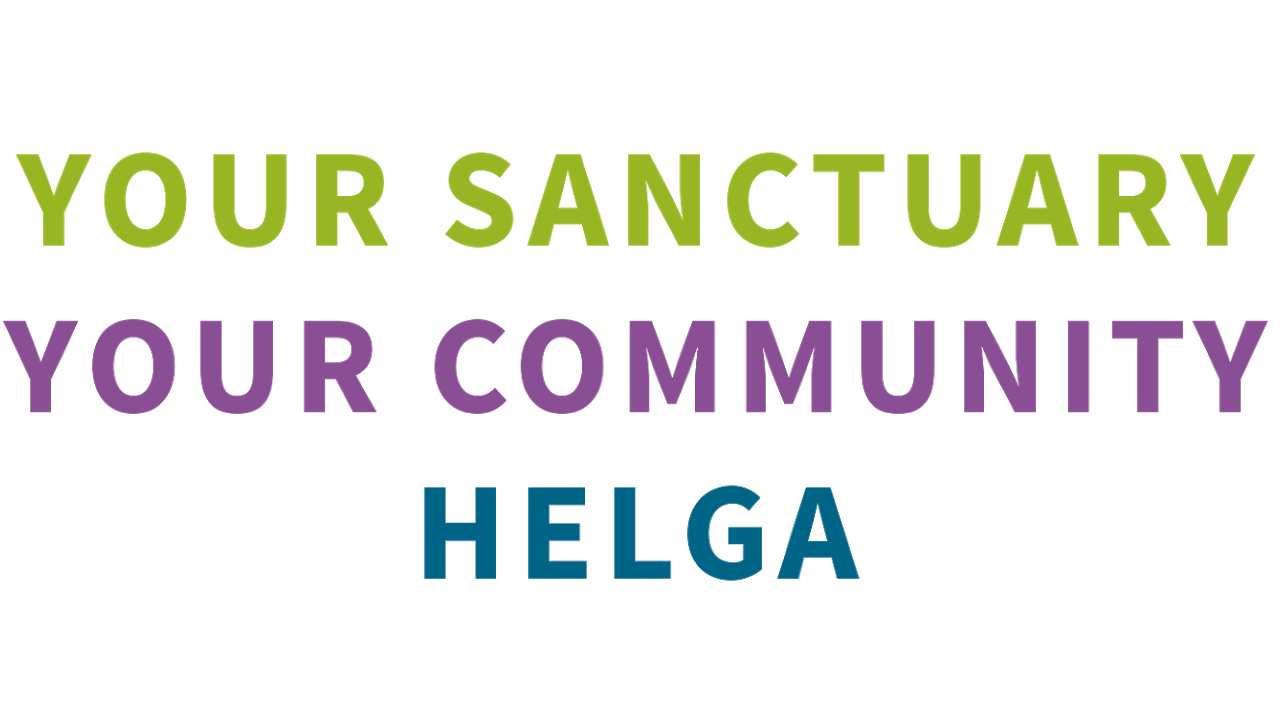Advocacy is the most important task of the student union and the main reason why we exist. However, advocacy and influence together are an iceberg: only the top of the mountain is visible from the outside, and most of the activity takes place beneath the surface, invisible. Many organizations are struggling with how to make advocacy and its processes interesting and “media-sexy”. I won’t promise any circus tricks on this blog either, but I’ll tell you how things are.
The advocacy of the student union Helga is based on the political programme, the urban policy programme and, due to the achievement of a common front, the programmes of the umbrella unions, e.g. on influencing the EU and election-specific objectives. All this is based on the opinions of students more broadly. That is the “student’s city” study, FSHS studies, student feedback and all the data that is visible to the student as an invitation link and an opportunity to win a movie ticket in the draw. In addition, the Representative Council voted by the members ultimately decides, among other things, on the student union’s political programme, i.e. the student union’s opinions on the policy sectors affecting students. From all this information, the student union answers the following reflections: What are students like? What are they happy with? What do you want to change? And what do students expect from the university and society?
All this knowledge is shaped in our heads into needs for change. We highlight these needs for change, for example, in approximately fifteen established working groups, need-based working groups (such as the coronavirus working group), in addition to the positions of student representatives in the administration. We will talk about the current state and solutions when the student union is asked to speak at seminars and in influencing the direction of, for example, FSHS, HSL and HOAS. Sometimes, at this stage, advocacy work may be visible over the surface if we conclude that public pressure, such as a statement, is the most effective way to make a difference. But even the statements are often based on personal contacts with decision-makers, cooperation through other student organizations, and the summoning up of its data into a single A4 page. But most of the time, this is all in cabinets in the corridors of administration when we are asked what students think.
In addition to the working groups, the student union meets, for example, the rectorate, study counsellors, welfare services and, if necessary, Haaga-Helia’s Board. E-mails are used to check how the premises are to be developed and how the opening hours of cafés could be improved so that students studying in the evening would also receive a sandwich. Message exchange takes place daily for everything small and large that affects the student’s everyday life and fluency in studies.
How, then, does influencing proceed in such a simplified way?
- A problem, need for change or concern is brought to the attention of the student union
- The student union collects information about the situation (how extensive the problem is, who is affected by it and who is the right party to solve it)
- If the problem affects only one individual, the student union will try to contact the influential party and solve the problem in the student’s best interests. For example, if it is a question of inappropriateness encountered by a student, then specialist help will help the individual student.
- In the case of a structural problem, the student union gathers the arguments and influences to improve it, either by communicating to the management, within the working groups or in public, for example, by making a statement. Depending on the topic, the means that are seen as the best way to change the situation are selected.
- Structural problems usually take time to fix, so documentation of all this is collected so that the influencing can continue as the board changes every year.
Even now, the student union is influencing the development of the ergonomics of the premises, the concretisation of Haaga-Helia’s equality and non-discrimination plan, the improvement of the quality of education, the development of digital services, the increase in voter turnout in the parliamentary elections, and the improvement of Haaga-Helia’s responsibility…. The list could go on and on.
So something is going on in the background and we in the student union are grateful for all the ideas and needs that the students have. After all, we are here solely and exclusively for the student.
Did this blog have any circus tricks? Well, there wasn’t. But this is what the student union does every day.
Anna Laurila
Helga’s executive director


